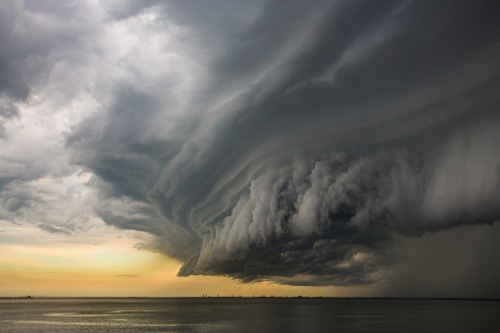

Toka Tū Ake EQC has led a series of regional workshops to develop natural disaster response strategies, which will improve community recovery from future disasters.
The workshops were held with input from private insurers, the National Emergency Management Agency, local civil defence and council staff, and community groups. These are intended to support communities in Hawke’s Bay, the West Coast, and soon, Taranaki.
EQC and its partners came together to make plans and test realistic disaster scenarios to support community recovery through the insurance response.
“A strong insurance response is really important following a natural disaster,” said EQC chief readiness officer Kate Tod. “We know from experience that after the critical needs of safety, wellbeing, food, water and sanitation are taken care of, people’s concerns quickly move to a need to be in a safe, unbroken home.
“As the nation’s natural disaster home insurance scheme, we feel a deep responsibility to make sure we’re ready with our partners to support communities following future natural disaster events.”
Tod said the insurance strategies will greatly help the industry to deal with a major natural disaster, by using the valuable lessons learned over the years.
The workshops used research data and modelling tools that were funded by Toka Tū Ake EQC to create scientifically credible event scenarios for each region. For Hawke’s Bay, the workshop envisioned a magnitude 7.6 earthquake, the West Coast strategy was based on a magnitude 8.2 Alpine Fault scenario, while the Taranaki strategy will look at an eruption of its local volcano.
The strategies will guide the EQC’s public education programme, which helps homeowners better understand their natural hazards and what they can do to prepare for future events.
“We know that stronger collaboration at a local and central agency level will benefit regional recovery efforts,” Tod said. “The collaboration and strategies we have developed so far are a blueprint we can roll out across the country over the coming years.”
